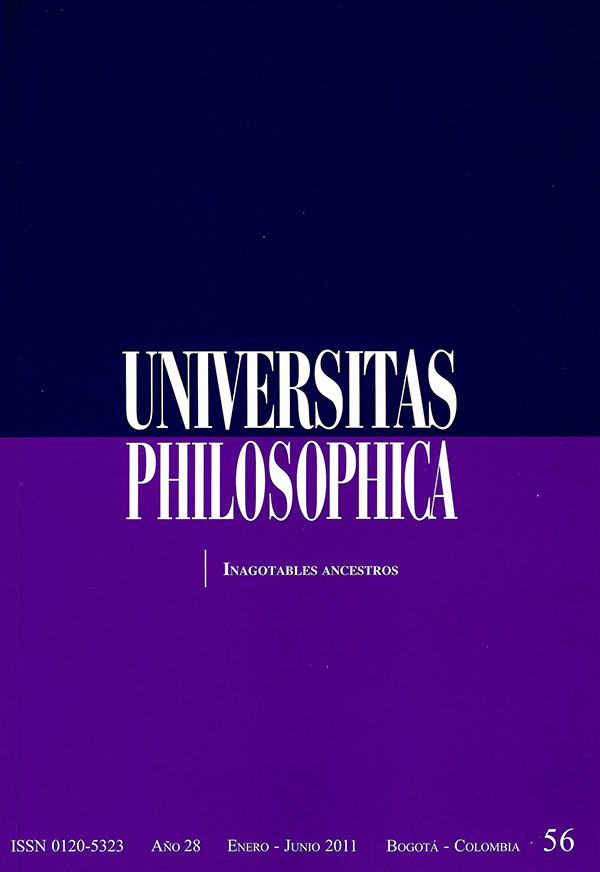Resumo
Enardecido por la muerte de su amigo y compañero Patroclo, Aquiles retorna al campo de batalla para enfrentar al líder de la tropa troyana, Héctor. Como su armadura fue expoliada del cadáver de Patroclo por el propio Héctor, luego de haberle dado muerte, su madre inmortal, Tetis, se precipita al taller de Hefesto, el insigne dios del trabajo artesanal, para pedirle que elabore una nueva armadura para su hijo. En una noche de trabajo, Hefesto hace una armadura completa, en la cual se destaca el escudo, cuya forja se canta en el libro XVIII de la Ilíada , conjunto de versos que componen, a su vez, un Escudo poético. El examen de las relaciones que se dan entre el escudo de la armadura y el Escudo cantado permite vislumbrar la razón de la fascinación que el escudo ejerce sobre el guerrero. En este efecto se anticipa el verdadero carácter heroico de Aquiles, que se manifestará en su última aparición en la gesta, cuando deba relacionarse con el padre de su archienemigo, Príamo, el anciano rey de Troya.
Esta revista científica se encuentra registrada bajo la licencia Creative Commons Reconocimiento 4.0 Internacional. Por lo tanto, esta obra se puede reproducir, distribuir y comunicar públicamente en formato digital, siempre que se reconozca el nombre de los autores y a la Pontificia Universidad Javeriana. Se permite citar, adaptar, transformar, autoarchivar, republicar y crear a partir del material, para cualquier finalidad (incluso comercial), siempre que se reconozca adecuadamente la autoría, se proporcione un enlace a la obra original y se indique si se han realizado cambios. La Pontificia Universidad Javeriana no retiene los derechos sobre las obras publicadas y los contenidos son responsabilidad exclusiva de los autores, quienes conservan sus derechos morales, intelectuales, de privacidad y publicidad.
El aval sobre la intervención de la obra (revisión, corrección de estilo, traducción, diagramación) y su posterior divulgación se otorga mediante una licencia de uso y no a través de una cesión de derechos, lo que representa que la revista y la Pontificia Universidad Javeriana se eximen de cualquier responsabilidad que se pueda derivar de una mala práctica ética por parte de los autores. En consecuencia de la protección brindada por la licencia de uso, la revista no se encuentra en la obligación de publicar retractaciones o modificar la información ya publicada, a no ser que la errata surja del proceso de gestión editorial. La publicación de contenidos en esta revista no representa regalías para los contribuyentes.


